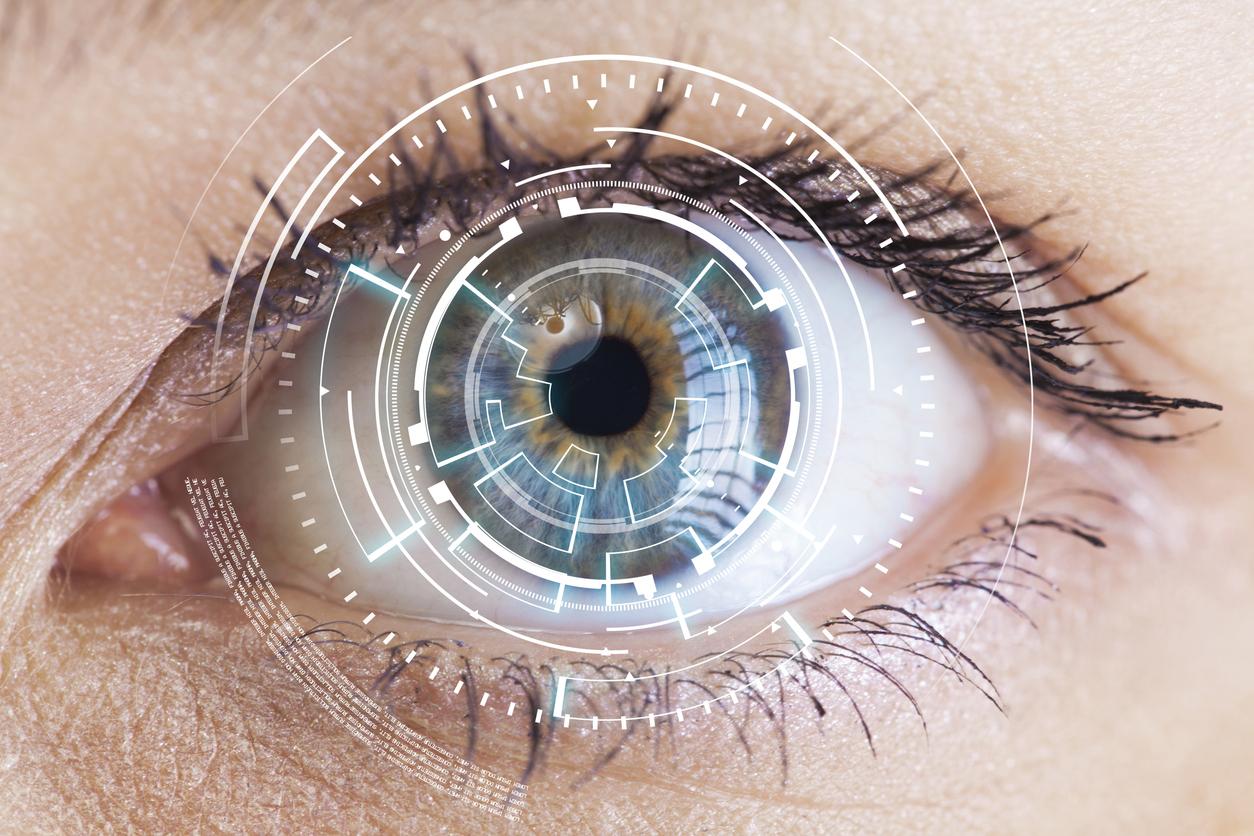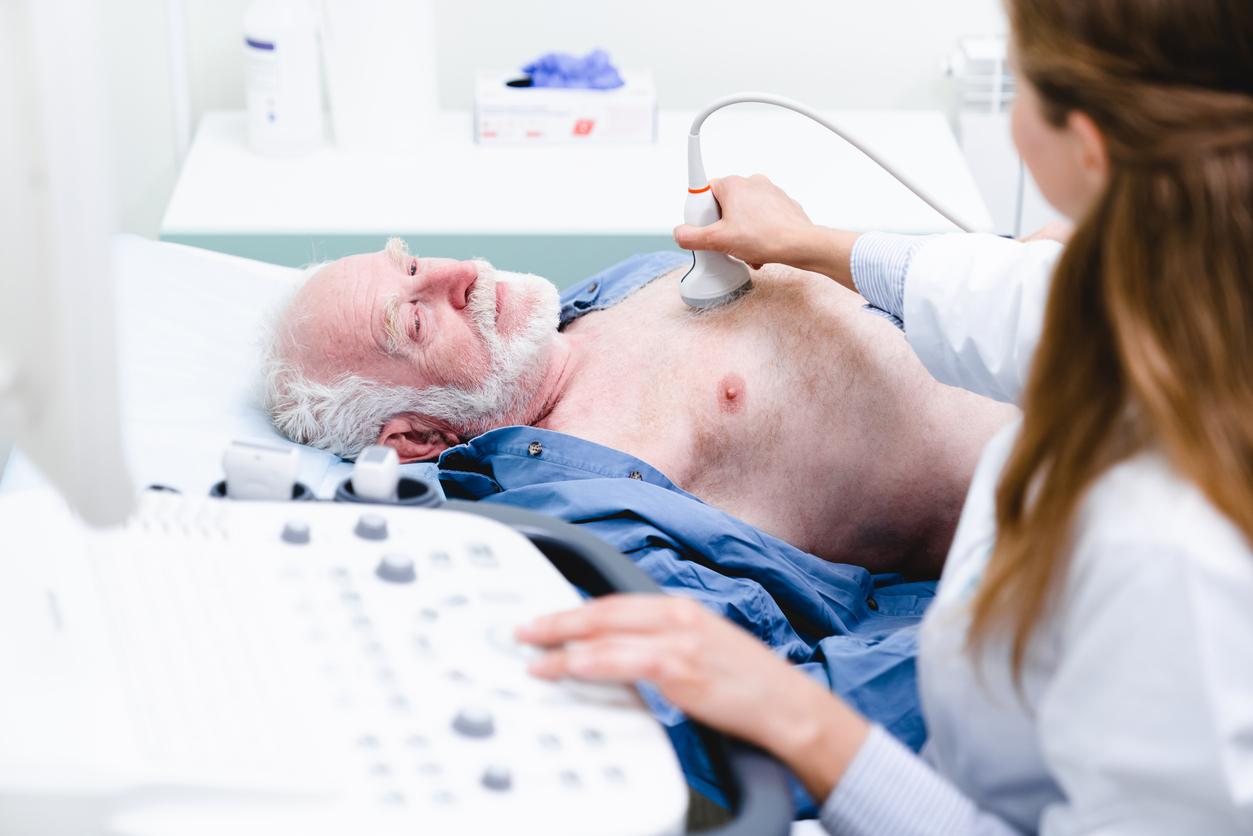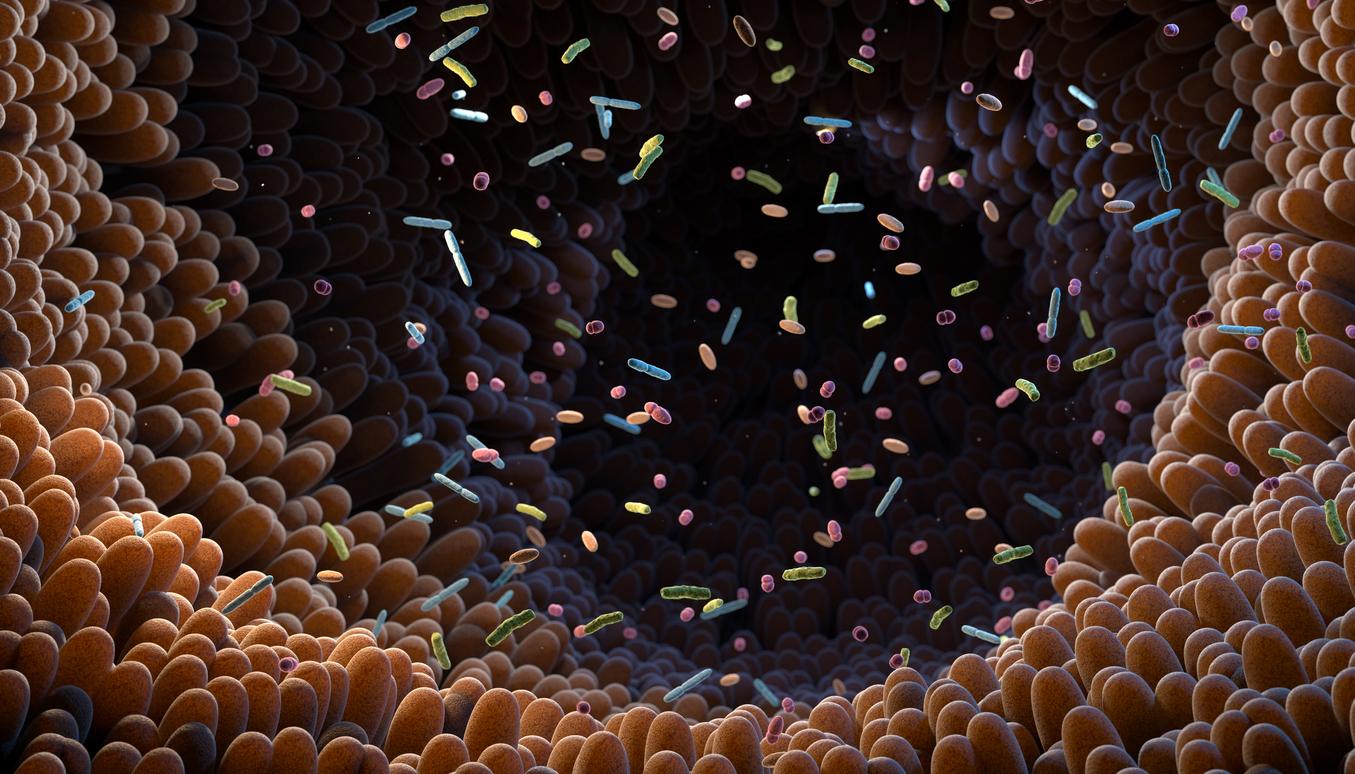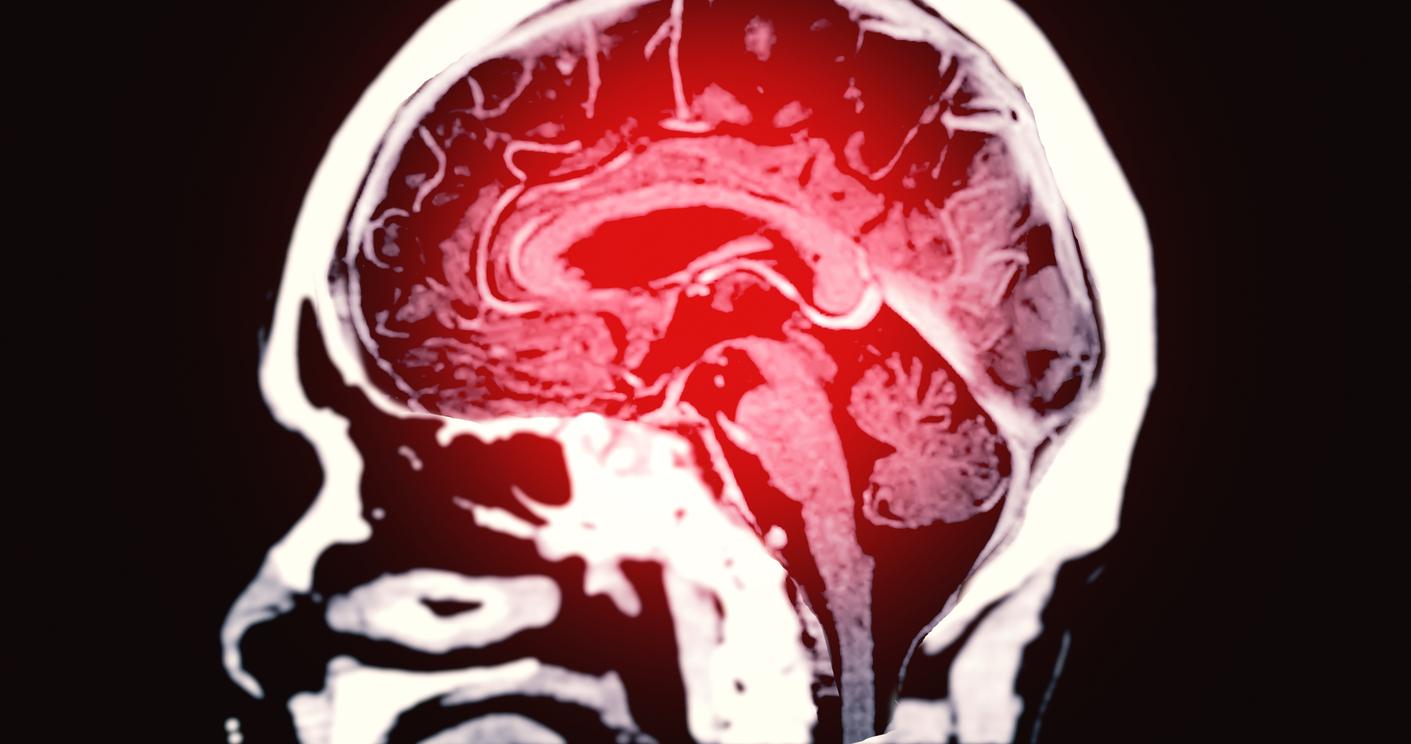Stroke affects 130,000 people each year, including 33,000 die from it . We know that high blood pressure is the main cause of stroke in people over 65 years old. But until now, it’s not really clear what causes these strokes in young adults.
Inserm researchers, in collaboration with the Regional University Hospital of Lille and the Institut Pasteur believe they have lifted the veil, by discovering the gene that would be involved in the occurrence of this major cause of stroke in young people. . This gene (called PHACTR1) is not entirely unknown to researchers since it is known to be also associated with the occurrence of migraines and myocardial infarction.
“Dissection of the cervical arteries is a major cause of stroke in the young subject. It consists of bleeding which occurs in the very thickness of the wall of the carotid or vertebral arteries and which will” tear “the artery (of where the term dissection) longitudinally without breaking the vessel “explain the researchers of the” Public health and molecular epidemiology of diseases linked to aging “unit at Inserm, who have just published their work in the journal Nature Genetics.
“This bleeding will be at the origin of a hematoma which will reduce the diameter of the artery. The formation of a clot inside the artery will thus completely stop the passage of blood to the brain, causing a cerebral vascular accident”.
We will be able to identify people at risk
The causes of this dissection (i.e. tearing) are still unknown as they often appear in people who did not have risk factors like an inherited disease. “However, several hypotheses are in favor of an” individual susceptibility, carried by the genome which would favor the occurrence of arterial dissections “add the researchers. This is why they deciphered the genome of 2052 patients suffering from dissection (from 12 countries different) and compared their genomes to those of 17,064 unaffected people.
“We were thus able to demonstrate that a particular form of the PHACTR1 gene was associated with a reduced risk of developing a dissection of the cervical arteries” state the researchers who also identified two other genes potentially associated with this risk of stroke: the gene LRP1 already associated with migraine and abdominal aortic aneurysm and the LNX gene.
“This work opens up new perspectives for identifying people at risk and trying to prevent the onset of cerebral attacks in young adults” concludes Stéphanie Debette, neurologist, who led this study for Inserm.
Read also
The flu vaccine would reduce strokes
Stroke: the brain capable of self-repair
Stroke: 33,000 deaths each year
















